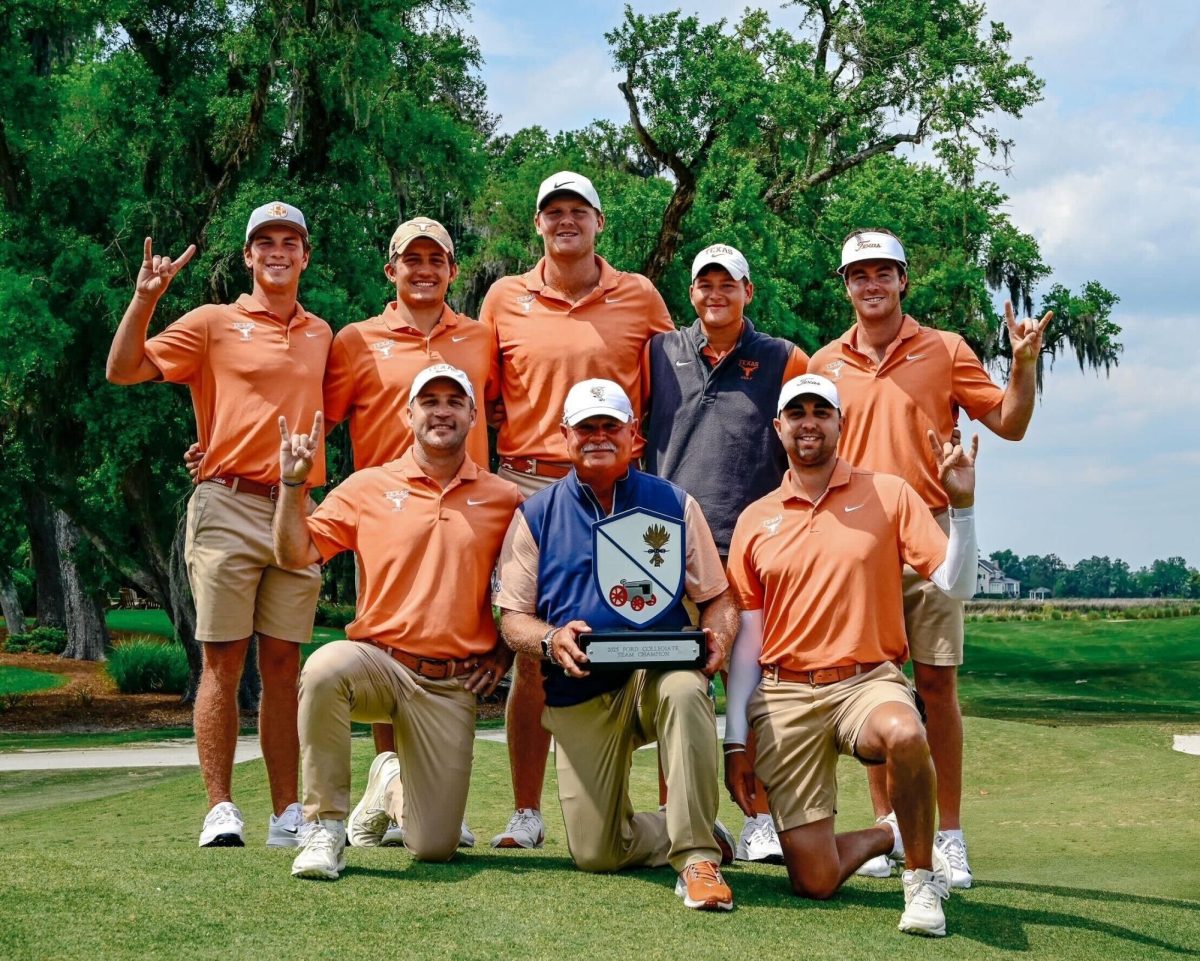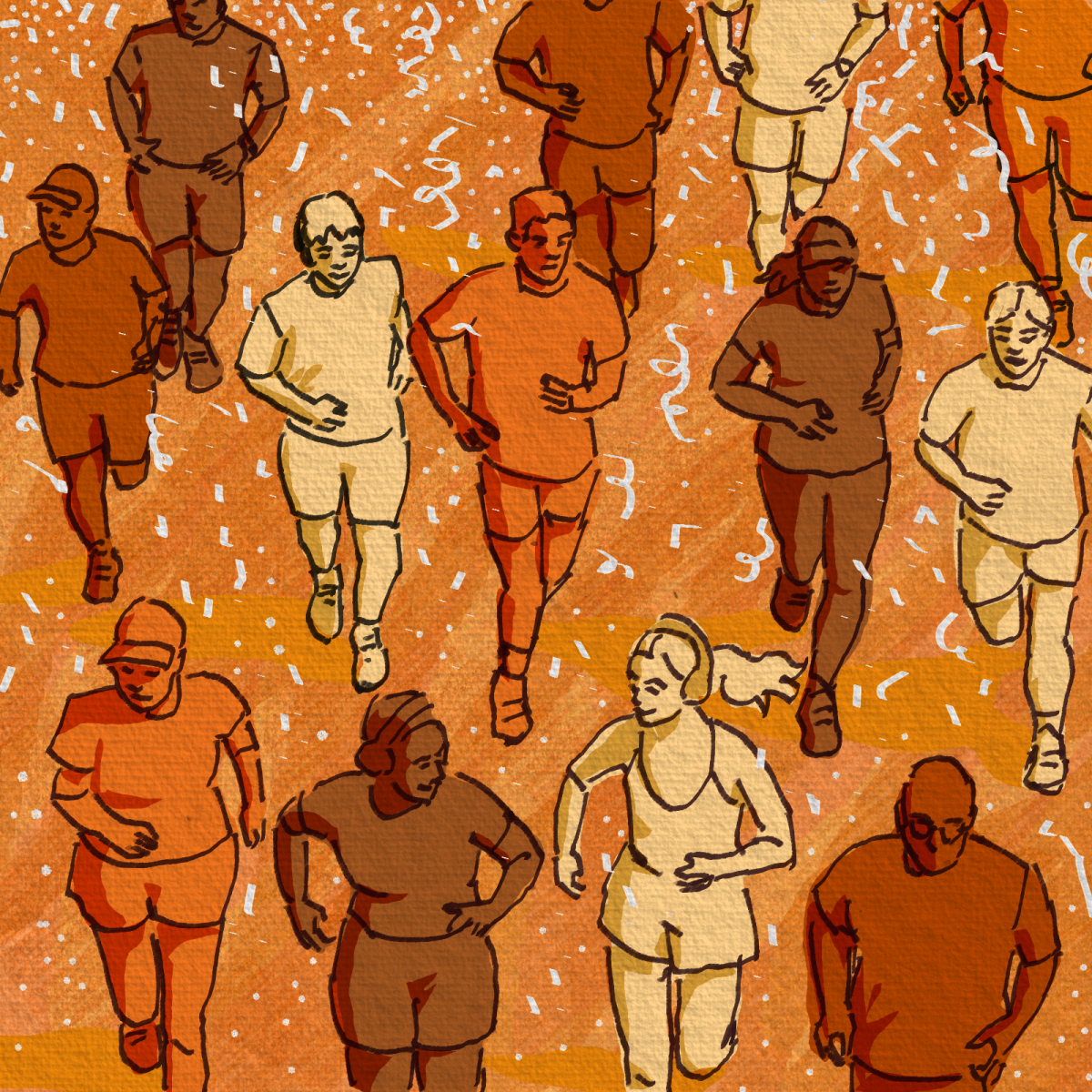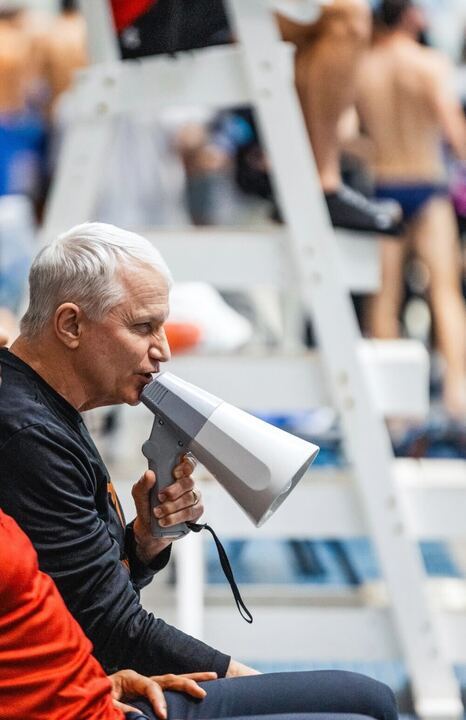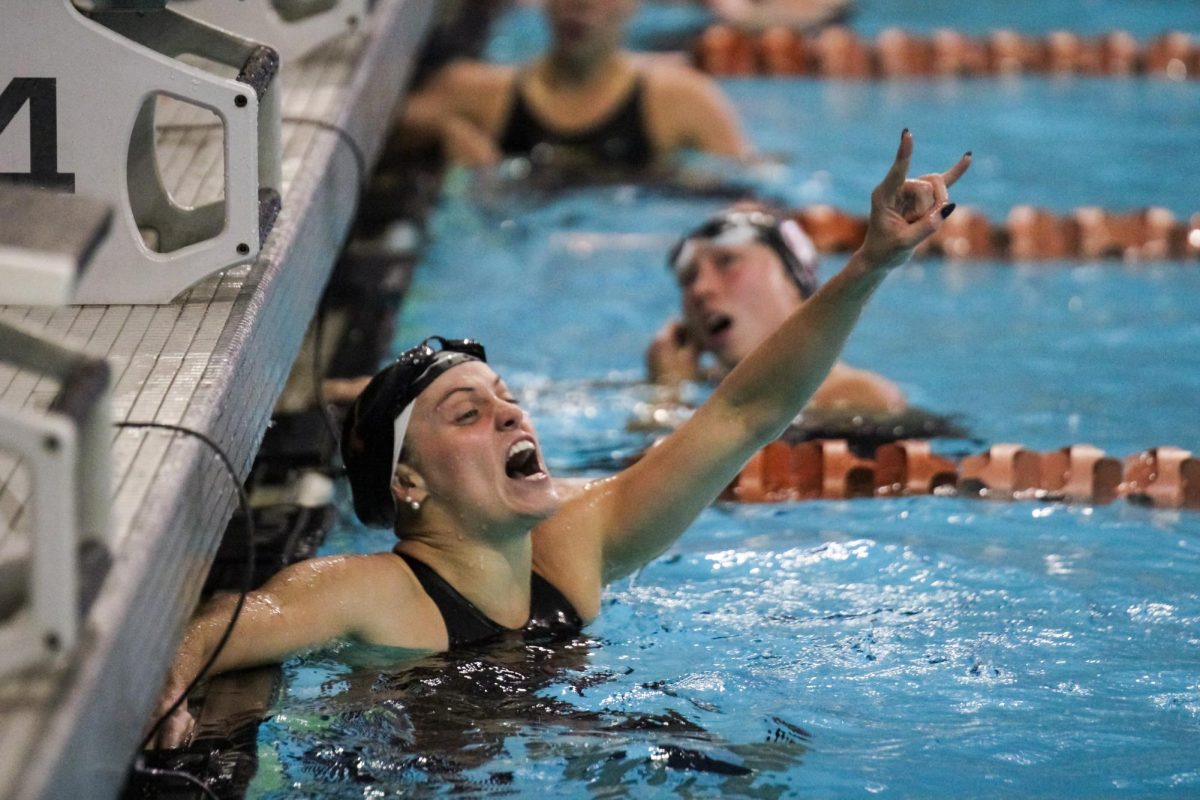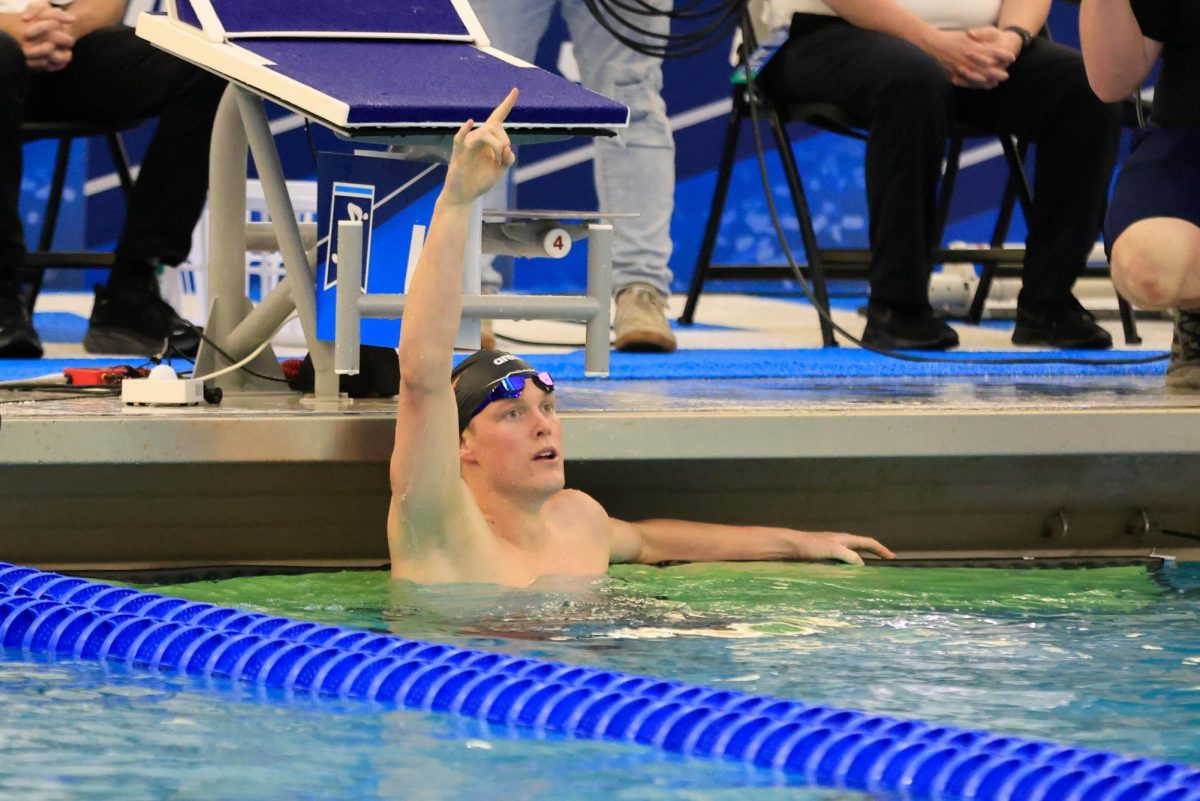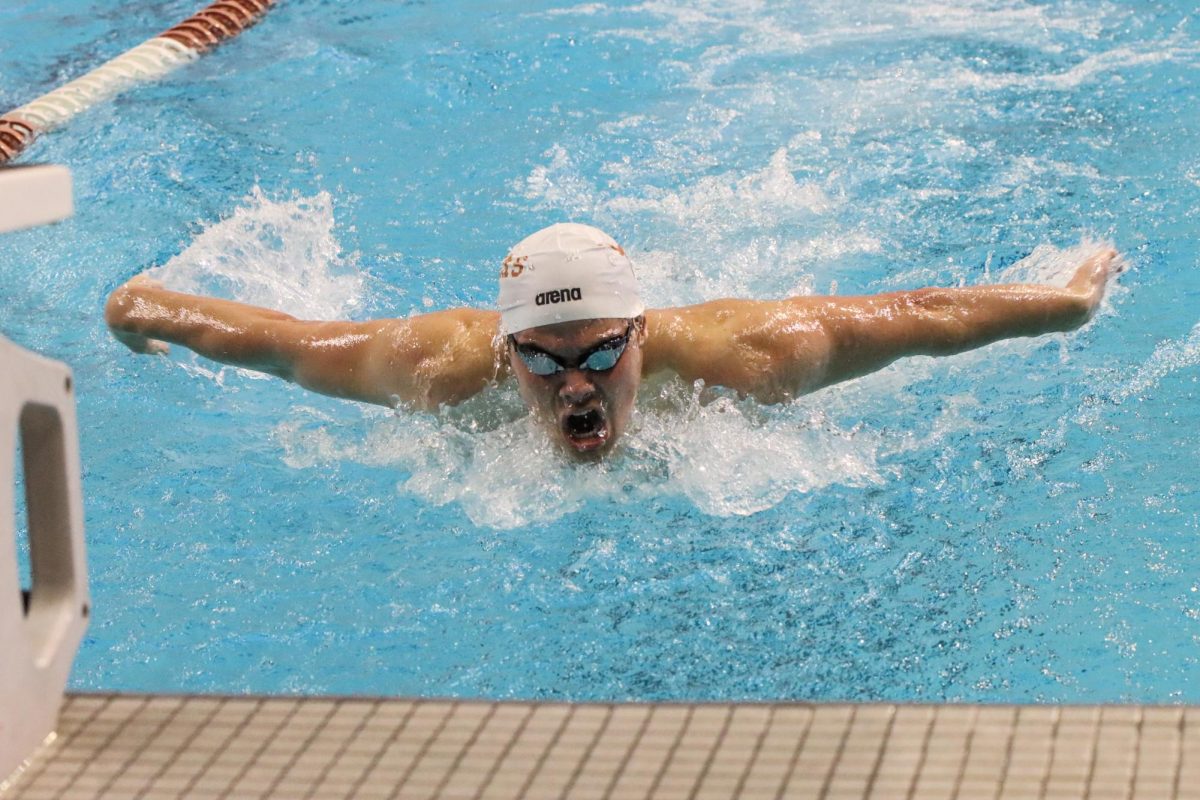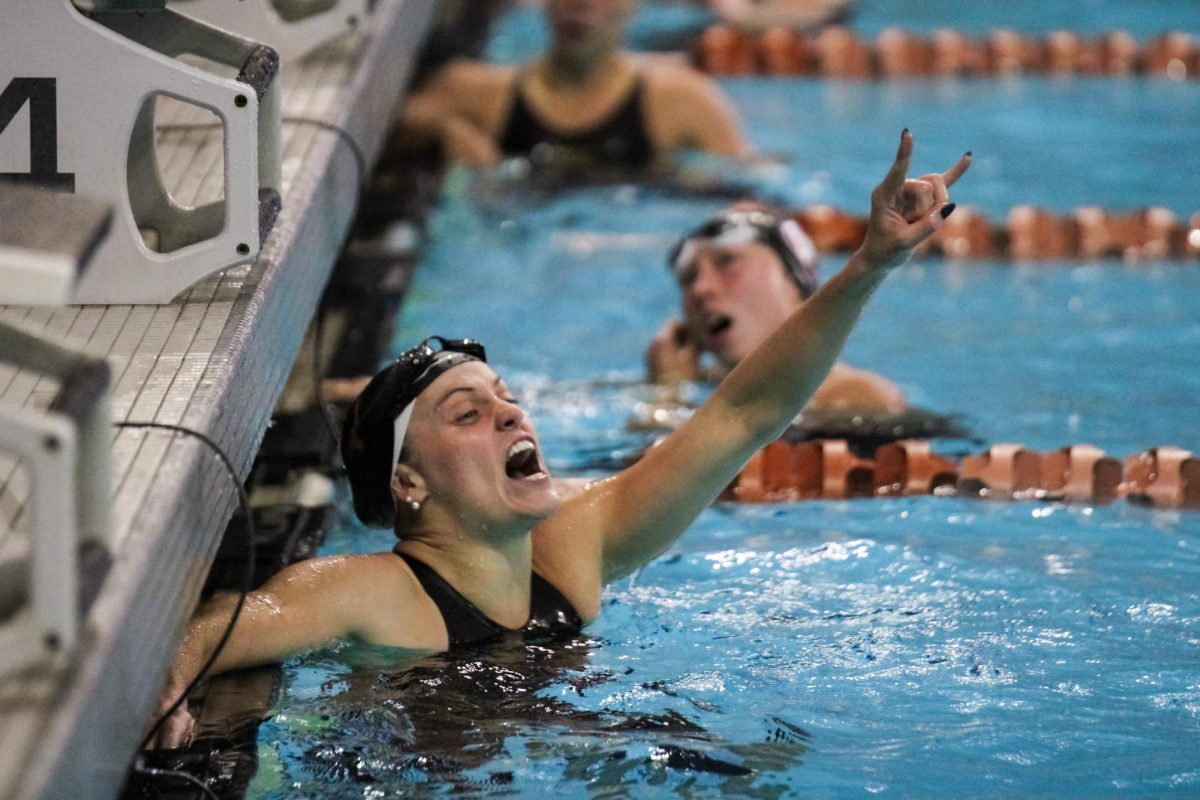It’s called the “Cullinan.” It’s a difficult feat involving a half twist/turn move on the uneven bars, and only a handful of gymnasts can do it. One such person is Shelby Cullinan, a redshirt sophomore diver who the move is named after.
In two years at Texas, Cullinan has proven to be an unstoppable force. Both her experience as a gymnast and her vivacious personality have propelled her in a sport that is relatively new to her. Cullinan spent much of her life in the gym perfecting routines on the uneven bars en route to becoming a nationally competitive gymnast. It was not until her sophomore year of high school after a torn ACL along with the encouragement of her aunt that she decided to try diving — just for fun.
After reinjuring her knee, Cullinan quit gymnastics and switched to diving full time, where she quickly became the top high school diver in her home state of Arizona. While her transition from an exceptional gymnast to an equally talented diver was sensational, it came as a result of hard work and a persistent attitude.
For Cullinan, the transition between the two sports was easier than most would expect.
“You’re still flipping and you need air awareness [in diving],” she explained, “but it was really hard landing on my head, learning to spot the water to know when to come out, and also trying to find the rhythm of the board because gymnastics is all power but with the board you have to be patient.”
Diving is also easier on the body than gymnastics. Cullinan recalls feeling pain after a gymnastics competition. With diving she is now able to walk and do other types of physical activity after a meet.
Despite the differences, Cullinan made the transition seamlessly. Diving head coach Matt Scoggin has taken notice of how her gymnastics background has contributed to her success.
“As a diver, she is very gifted because she twists really well from gymnastics,” he said. “She has good visual references like most gymnasts do. [She] knows where [she] is in the air and that has really translated into [being] a consistent diver.”
Her physical skills have been helped along by her “Type A” personality. At competitions she is often found chatting with divers from other teams, as she prefers to have fun while diving. Her methodology, while out of the ordinary, has proven successful.
“When I first came here I was really nervous competing and I thought that I needed to be really serious and focused, but every meet I was getting last, I was doing horribly,” Cullinan recalls. “I need[ed] to figure out what works for me … I can’t focus on the dives in competition … I have to talk, listen to my music, just get my mind away from it and have fun.”
Cullinan’s transition to diving has not been totally seamless. There was one significant hurdle she had to overcome as a diver — she is afraid of heights. With the encouragement of her coaches and consistent practice she has able to begin to conquer that fear. She admits that her best event is probably the highest dive, off the 10-meter platform.
Her fear of heights is a “work in progress,” Scoggin said. But he added that some of the best divers in history have been afraid of heights.
If Cullinan can continue to stave off her fear of heights and continue to get stronger, there is nothing stopping her.





